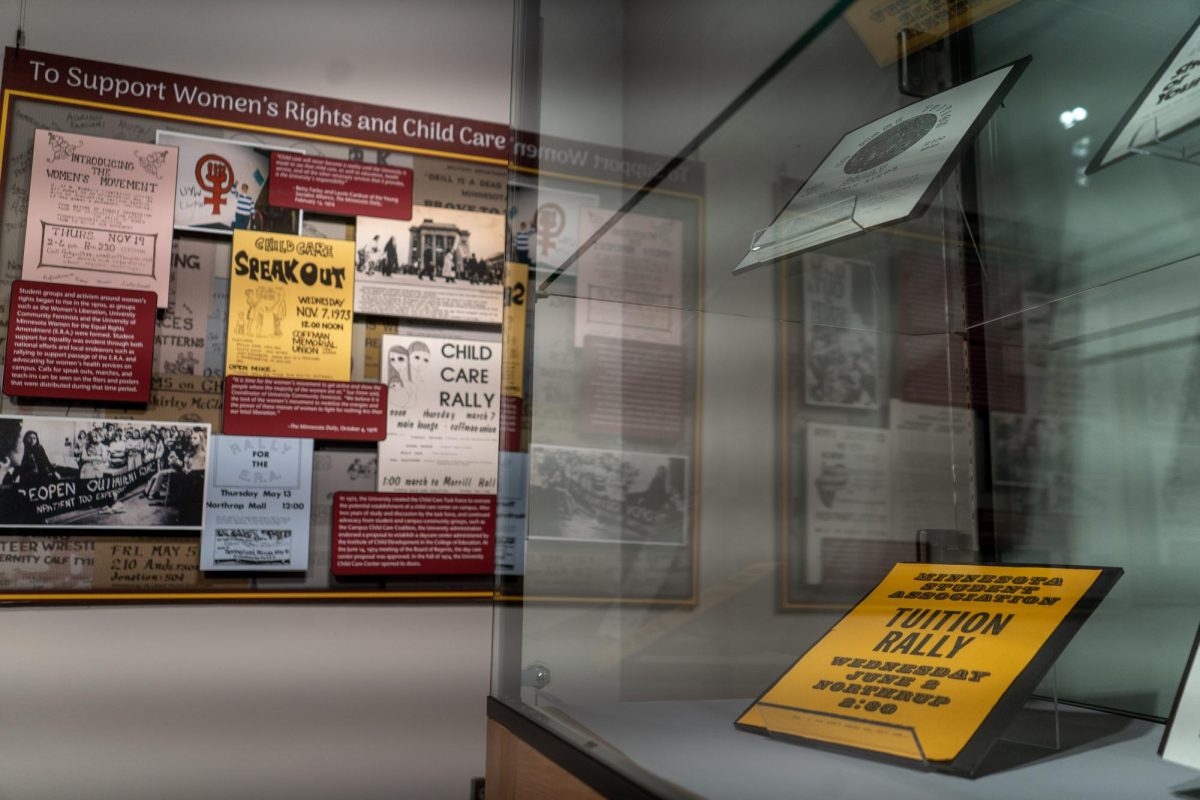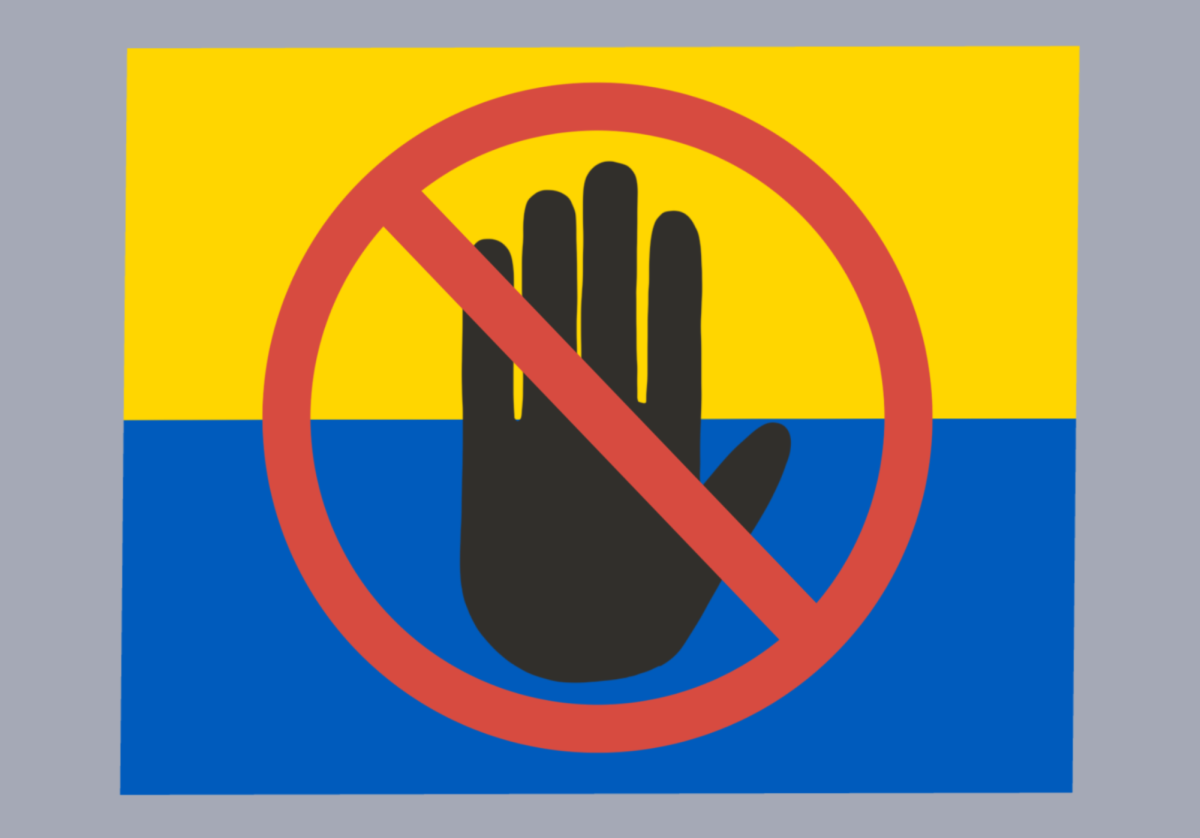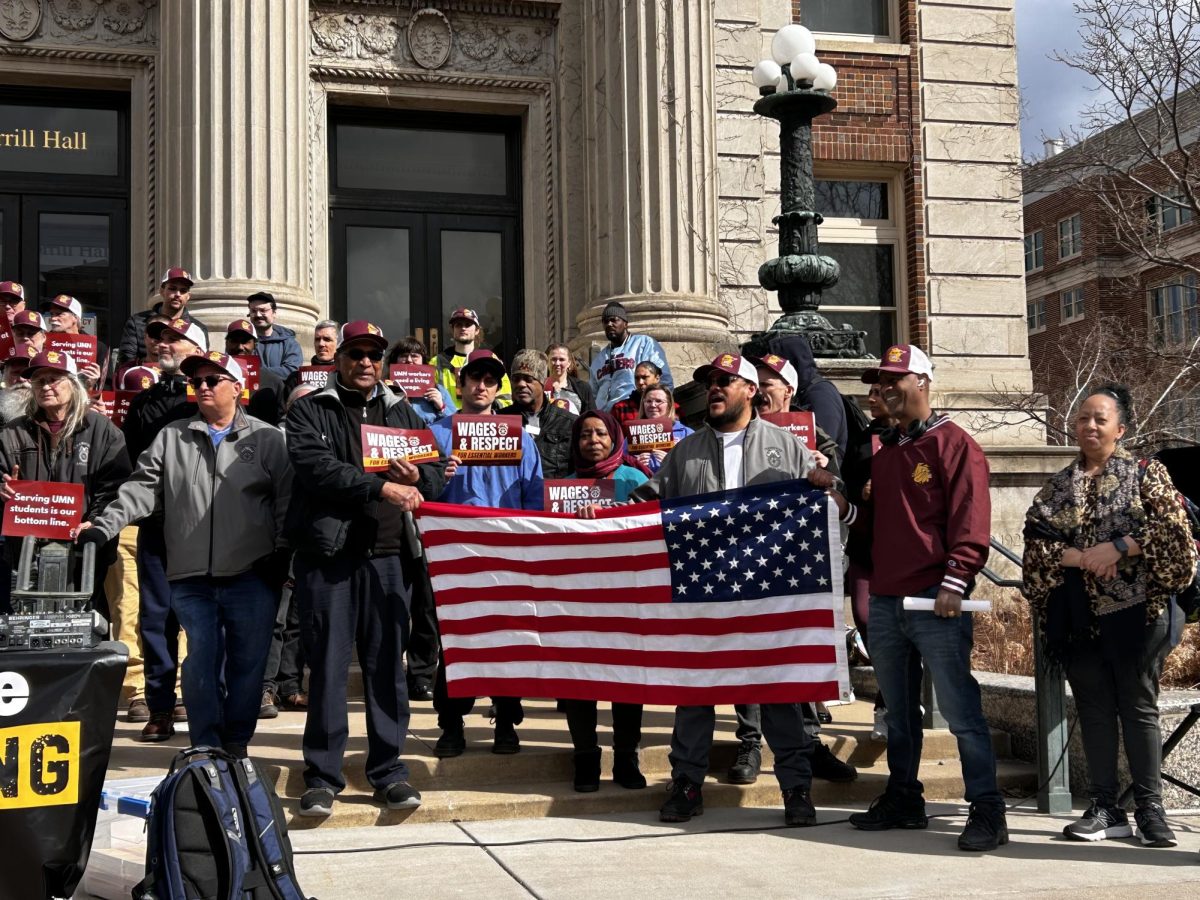The City of Minneapolis announced the spike in drug overdoses in Minneapolis as a public health and public safety concern in October, noting an average of eight overdose incidents each day.
Since this news release, the number of overdoses has continued to rise, according to the Minnesota Department of Health’s (MDH) Drug Overdose Dashboard.
In a news report released by Millennium Health, there has been a 400% increase in fentanyl use in Minnesota since 2019. The Twin Cities area has seen an increase of more than 100%.
In 2016, University of Minnesota agricultural economist Jason Beddow died due to a fentanyl overdose.
Jason was a research assistant professor in the Department of Applied Economics and enjoyed conducting research, focusing on the spatial aspects of agriculture and how people might better use spatial data to understand agricultural systems.
Jason was not a drug addict, according to his wife, Lucy Angelis, but in 2016, he overdosed on fentanyl and died. Jason’s family hopes to demonstrate that if this happened to him, it could happen to anyone.
Jason Beddow, a kind and caring husband, son and researcher
On Sept. 12, Aaron Broussard was sentenced to life in prison after selling fentanyl to Jason and 10 other people.
Angelis said Jason was an amazing, intelligent person and someone who loved doing research for the University. She described him as a caring and loving individual and husband.
“He got a dog because he wanted to be with me, because I had a dog, and he wanted to be able to interact with me,” Angelis said. “He did so many things for me, which is super sweet.”
Jason’s father, John Beddow, echoed Angelis’s comments about his son’s kind nature and how much he cared about those around him.
“He was a very kind individual,” John said. “Everything he did, including his professional career, was about making life better for others.”
Jason was a funny person and was always ready to take silly pictures and have a good time, Angelis said.
“I think the funny pictures show his personality more because he was not a serious person,” Angelis said while flipping through a scrapbook she made filled with pictures of Jason. “If you talked to his co-workers, he was caring, understanding, so supportive and could be really inspiring.”
Angelis said Jason was her soulmate; there was no doubt in her mind he was the one for her.
“When you meet the love of your life, you really do know they are the love of your life,” Angelis said. “There’s nothing else like it.”
When Jason bought drugs from Broussard, he was looking for Ritalin, a stimulant drug. Angelis said most of the people who bought from Broussard, including Jason, were not drug addicts and had no idea they were purchasing fentanyl.
Angelis said she had a hard time understanding her late husband’s overdose because taking any sort of drug without understanding the possible side effects “went against everything he stood for.”
After Jason’s death, Angelis said she believed it important to speak out about what happened to him because she does not want other people to face a similar situation.
“I learned the value of relationships, what to get upset about and what to not get upset about,” Angelis said. “He was supportive and inspiring, and I miss him.”
Fentanyl use continues in Minnesota, but there are treatment services
Fentanyl is a synthetic opioid that is 50-100 times stronger than morphine and is used to relieve pain for cancer patients through patches. Fentanyl is cut with heroin most of the time, according to the United States Drug Enforcement Administration.
In recent months, more people have switched from heroin to fentanyl because they can receive the euphoric feeling faster and it is cheaper. Fentanyl is more potent than heroin, which means people who ingest it are more likely to overdose, according to a Center of Disease Control report.
According to MDH, 1,286 overdose deaths were reported in Minnesota in 2021, representing a 22% increase from the 2020 total. The majority of those overdoses were attributed to fentanyl.
In Minnesota, 107 opioid overdose deaths occurred in 2020 in the 0-24 age group, according to Kaiser Family Foundation.
“It gets scarier because you never know where the drugs came from and now online, you really don’t know where it’s coming from,” Angelis said. “There’s so many things you don’t know.”
However, Minnesota Commissioner of Health Jan Malcolm said there are solutions that Minnesota is working toward, as stated in their 2020 Drug and Alcohol Abuse in Minnesota Legislative Report such as making treatment services more accessible.
“This increase in drug overdose deaths is alarming, but there are things we can do about it,” Malcolm said. “One important step is to expand programs that make it easier for people to access naloxone — a medication that can reverse overdoses and save lives.”
Fentanyl test strips have become a major resource in preventing overdoses, according to MDH. The drug testing technology has shown to be effective at detecting the presence of fentanyl in drug samples prior to use.
Fentanyl test strips cost $1 per strip and are available at drug treatment facilities in Minnesota.
According to MDH, those with a positive test result were five times more likely to change their drug use behavior to reduce the risk of overdose.
If you or someone you know is struggling with addiction, substance use assessments and consultations are available on Boynton Health’s website.















jay244
Dec 10, 2022 at 4:16 pm